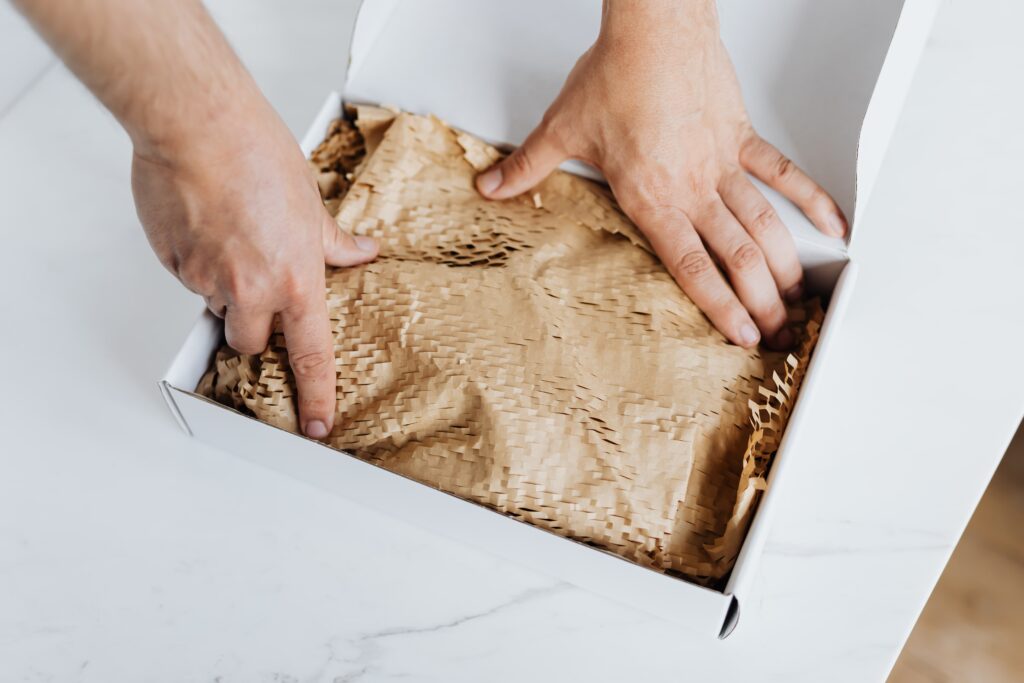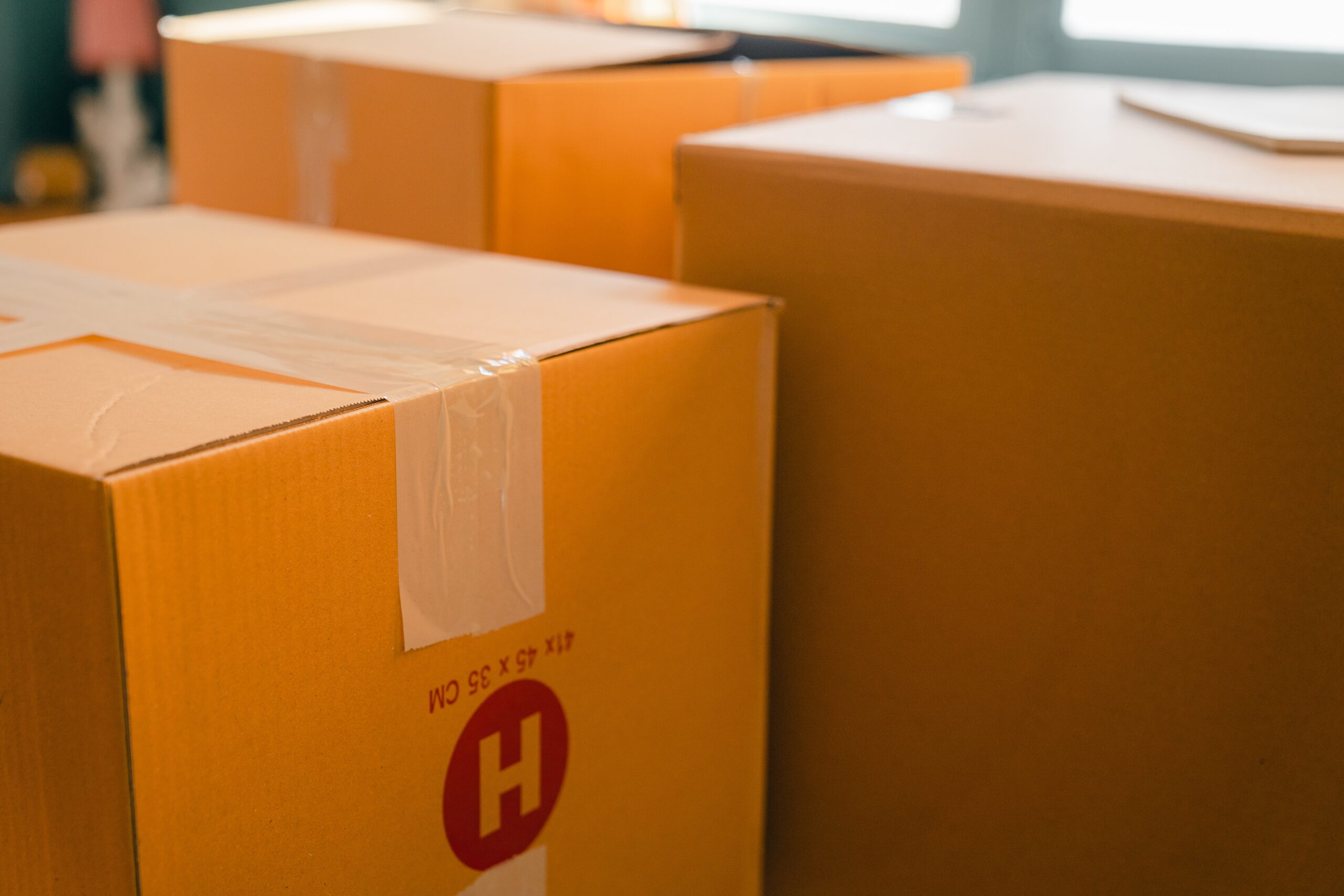You work hard to keep your food production processes as safe as possible: From HACCP plans to SOPs, your systems are designed to produce safe, high quality products. But, what happens between production and the arrival of your food at someone’s door?
Do you have shipping and packaging plans that take food safety into account?
Are you doing your best to keep your food safe as it travels from your production facility to your customers’ homes?
As we approach the busy winter holiday season, and you’re planning for increased orders, it’s the perfect time to make sure your shipping practices are food safe and designed for success.
There are four main categories of products that require special care when shipping: frozen foods, refrigerated foods, fragile foods, and fresh produce. In this blog post we will cover how to ship all of them safely.
Food Safety Shipping Basics
Packaging is the most important part of shipping food safely. The packaging keeps the food at the correct temperature and protects it from the possibility of rough handling by your shipping partner.
Your packaging should be sturdy above all else. It’s great if you have beautiful branded packaging or sustainable packaging, but that should come second to its ability to keep your food safe and intact. If a customer opens a package to find a cracked jar of jam, they don’t care how aesthetically pleasing the box was.
Your packaging should also be the correct size for your product. It’s tempting to snap up a deal on a certain size of box, but if that box is too big or too small for your average order size, it’s not going to do you any good. Plus, extra space means extra air flow which means the temperature in the box increases more rapidly; this, in turn, leads to faster spoilage of your food product.
Finally, it’s important to remember that no matter how hard you try, you can’t control the shipping conditions. (Though you can likely negotiate with your shipping partner to get better rates and service as your volume of packages shipped increases. Don’t be afraid to ask for what you need!) We’ve all had packages that were sent overnight but arrive three days later. Once the package leaves your facility, it’s out of your hands. So your job is to pack it as well and as safely as possible, then hope for the best. All packaging should be designed to withstand an extra day or two of shipping chaos.
How to Safely Ship Frozen Food
The number one priority with shipping frozen food is preventing the food from thawing. This requires investment on your part, but it’s better to pay for some ice and extra shipping fees than it is to refund an entire order that thawed during transit and became unsafe.
Frozen food needs to be shipped in an insulated container with a good seal. If you can prevent warm air from entering the package, it will remain cold for longer. Lots of people use styrofoam coolers placed inside a sturdy box. If you’re concerned about sustainability, there are also options for recyclable thermal panels.
Inside your package you need room for your product and the ice that will keep it cold. Depending on how long the package will be in transit, you may want to use dry ice. A general rule is 5 pounds of dry ice per 24 hours in transit. Otherwise, there are lots of options for ice packs. In either case, make sure your product is packaged securely so that it doesn’t come in contact with the dry ice or condensation from the ice packs.
Label the outside of your package “Keep Refrigerated” so that the recipients know to move the contents to the fridge or freezer as soon as possible.
If you’re sending frozen food for the first time, find a few friends or trusted customers around the country and send test packages before you officially launch your shipping program. Test shipping allows you to check that the food arrives intact and still frozen.
How to Safely Ship Refrigerated Food
Perishable, refrigerated food requires many of the same considerations as frozen food. You need an insulated package that will hold the internal temperature. It’s recommended to use cold packs rather than dry ice when shipping refrigerated items as they will keep your food cold but not freeze it.
Again, label the outside of your package “Keep Refrigerated.”
For both frozen and refrigerated foods, be aware of the climate you are sending the package in. Some companies choose not to ship certain items in the summer because they know that they won’t stay cold. Others add ice packs to shelf stable items like chocolate just to make sure they don’t melt. Use the proper packaging to keep your product in its ideal state. No one wants a melted chocolate bar or caramel corn that’s all stuck together.
How to Safely Ship Fragile Foods

Fragile foods are anything that could be damaged in transit. This includes things in glass jars, sealed liquids like syrups, delicate cookies and crackers, and more. The fragile foods aren’t usually at risk of becoming unsafe due to temperature abuse, but they can become inedible in other ways.
Make sure to pack these foods extra carefully. Wrap any glass jars or bottles in bubble wrap or recyclable honeycomb paper. Add lots of padding to minimize movement within the container and protect the delicate food items. In some cases it may be best to pack a smaller box within a padded larger box.
For items that may spill, make sure to add plastic liners to your packaging. You don’t want to damage your own package or those around it.
How to Safely Ship Fresh Produce
Fresh produce can be a particularly tricky item to ship as it is fragile, has a limited window of freshness, and is often awkwardly shaped.
Make sure to cushion fresh produce as much as possible with packing peanuts, shredded paper, or other filler. If you need to keep the produce cool, place a barrier between it and the ice packs to keep it from getting fully frozen and damaged. Never ship cut produce as it is a huge risk for foodborne illness and needs to be very carefully temperature controlled.
—
Thanks for reading this post. There are lots of considerations involved in shipping food safely. Finding the right packaging, cooling strategy, and more can feel daunting, but it’s worth putting the time in now so that you can have a successful season of holiday orders. If you have any tips to ship food safely, please let us know in the comments. If you are starting to ship your food for the first time and have questions, please book a free consultation.

